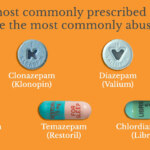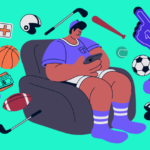Two unsettling facts:
- Suicide has become the second leading cause of death for youth under age 25.
- In fact, suicide rates in this age cohort have increased by more than 60% since 2005.
Yikes. I suspected the news might be bad, but not quite that bad.
I’m referencing a recent article in Scientific American, by a therapist who works directly with troubled teens. His message, thankfully, remains a hopeful one.
As for possible causes, the author cites many of the usual suspects: “Chronic physical health issues, abuse or other traumatic events, substance use, bullying or negative experiences with social media, family history or past history of contemplating or attempting suicide.”
That about covers it. The negative impact of social media is much less studied but perhaps even more powerful than we realize.
For parents of teens who’ve reached the point of considering harming themselves, the author recommends the following:
- Getting help, in the form of professional treatment. That may mean medications, but counseling or therapy, as well. Medication alone is rarely sufficient.
- Establishing a clear safety plan. Here’s an example of one often used by therapists who treat young adults.
- Limiting access to certain prescribedsubstances (especially those with overdose risk, such as painkillers and sedatives), as well as to firearms– a commonsense precaution that a surprising number of parents fail to consider, sometimes until it’s too late.
- Identifying friends and family members who could work together to form a support network for the young person, especially in times of great stress.
- “Making sure [the youth] was getting support at school, home and within the community…” In practice, this means paying attention to what is going on with the youth outside the home. That could involve meeting teachers, attending workshops on adolescents in your community– finding the time can be a challenge, but it’s worth the effort.
Dealing with social media use by adolescents is a more complicated task, but for parents, there are resources… here’s just one example of where to look.













